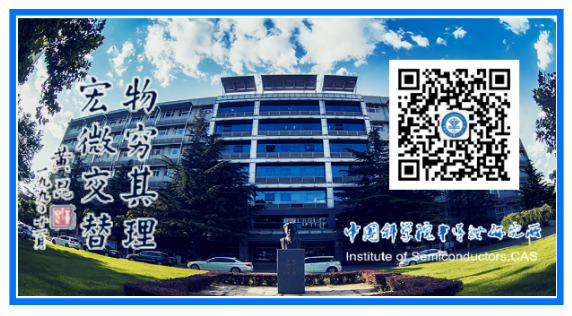
Source: Tiger Says Chip
Original Author: Tiger Says Chip

This article introduces the basic structure, advantages, and engineering significance of Field Programmable Gate Arrays (FPGAs).
1. Concept of FPGA ChipsFPGA (Field Programmable Gate Array) is an integrated circuit that can be programmed and configured by users after leaving the factory according to actual needs. Unlike Application-Specific Integrated Circuits (ASICs), FPGAs possess a high degree of reconfigurability at the hardware level, allowing for the flexible implementation of various digital logic circuits and complex system solutions.
2. Basic Structure of FPGA
1. Configurable Logic Blocks (CLB/ALM/SLICE, etc.)This is the core module for implementing logic functions, with each unit consisting of Look-Up Tables (LUTs), flip-flops, etc., used to construct basic logic gates, adders, registers, etc.2. Programmable Interconnect NetworkResponsible for freely connecting various logic units, memory, I/O, and other resources, supporting high-speed and complex data flow, and flexibly implementing various wiring topologies.3. Storage Resources (such as Block RAM, SRAM, etc.)Provide on-chip caching, FIFO, image line buffering, etc., to meet data temporary storage and fast access needs.4. Clock Management and Distribution Resources (PLL, CLK networks, etc.)Implement multi-frequency and multi-phase clock generation and distribution for the system, ensuring synchronization and timing reliability.5. Dedicated Hard IP Cores (such as multipliers, DSPs, embedded CPUs, transceivers, etc.)Used to accelerate numerical calculations, signal processing, data communication, and other high-performance or specialized scenarios.6. Rich I/O Interface ResourcesSupport various voltage standards and differential/single-ended communication protocols, enabling data exchange with the external world.
3. Typical Workflow of FPGA
1. Hardware Description and Design (such as VHDL/Verilog modeling)
2. Simulation to verify functionality and timing
3. Logic synthesis and place-and-route
4. Generate bitstream file and configure it into the FPGA
5. After powering on/downloading, the FPGA operates according to the user-defined circuit logic
This user-defined hardware functionality makes FPGAs a “custom platform” in electronic design.
4. Comparative Advantages of FPGA over Other Integrated Circuits
1. Compared to CPUs/DSPs (general-purpose processors), FPGAs have stronger parallel data processing capabilities, suitable for high-throughput, low-latency tasks.2. Compared to ASICs, FPGAs can be repeatedly reconfigured, allowing for flexible trial-and-error and rapid iteration, significantly reducing upfront development risks and costs.3. Can serve as a reliable hardware foundation for high-performance custom scenarios such as special algorithm acceleration engines, communication protocol processors, and System-on-Chip (SoC).
5. Engineering Significance of FPGA
1. Rapid Verification and Prototype DevelopmentImproves the efficiency of new technology research and development, shortens product time-to-market, and serves as a “testbed” for hardware design.2. High Parallelism and Diverse Function ImplementationMeets the diverse needs of high-performance complex scenarios such as image signal processing, communication, artificial intelligence, and industrial control.3. Sustainable Upgrades and MaintenanceSupports remote online upgrades, adapts to changes in system functionality, and facilitates product lifecycle management.4. High System IntegrationEquipped with embedded processors, dedicated IP cores, and other resources, enabling multi-functional systems on a single chip, promoting miniaturization and high integration of electronic devices.
6. Conclusion
FPGA chips are a strategically significant programmable hardware platform in modern electronic systems, combining flexibility, parallelism, and high customizability, widely used in cutting-edge research, industrial control, embedded systems, artificial intelligence, and communication fields. Together with wafer processes and packaging technologies, they drive rapid innovation and development in the integrated circuit industry.
END
The reproduced content only represents the author’s views
It does not represent the position of the Institute of Semiconductors, Chinese Academy of Sciences
Editor: Catnip
Editor-in-charge: Muxin
Submission Email: [email protected]
Previous Recommendations1. The Semiconductor Institute has made progress in research on bionic covering-type neuron models and learning methods2. The Semiconductor Institute has made significant progress in inverted structure perovskite solar cells3. Why is copper used as interconnect metal in chips?4. What exactly is 7nm in chips?5. Silicon-based integrated photonic quantum chip technology6. How anomalous is the quantum anomalous Hall effect? It may lead to the next revolution in information technology!
